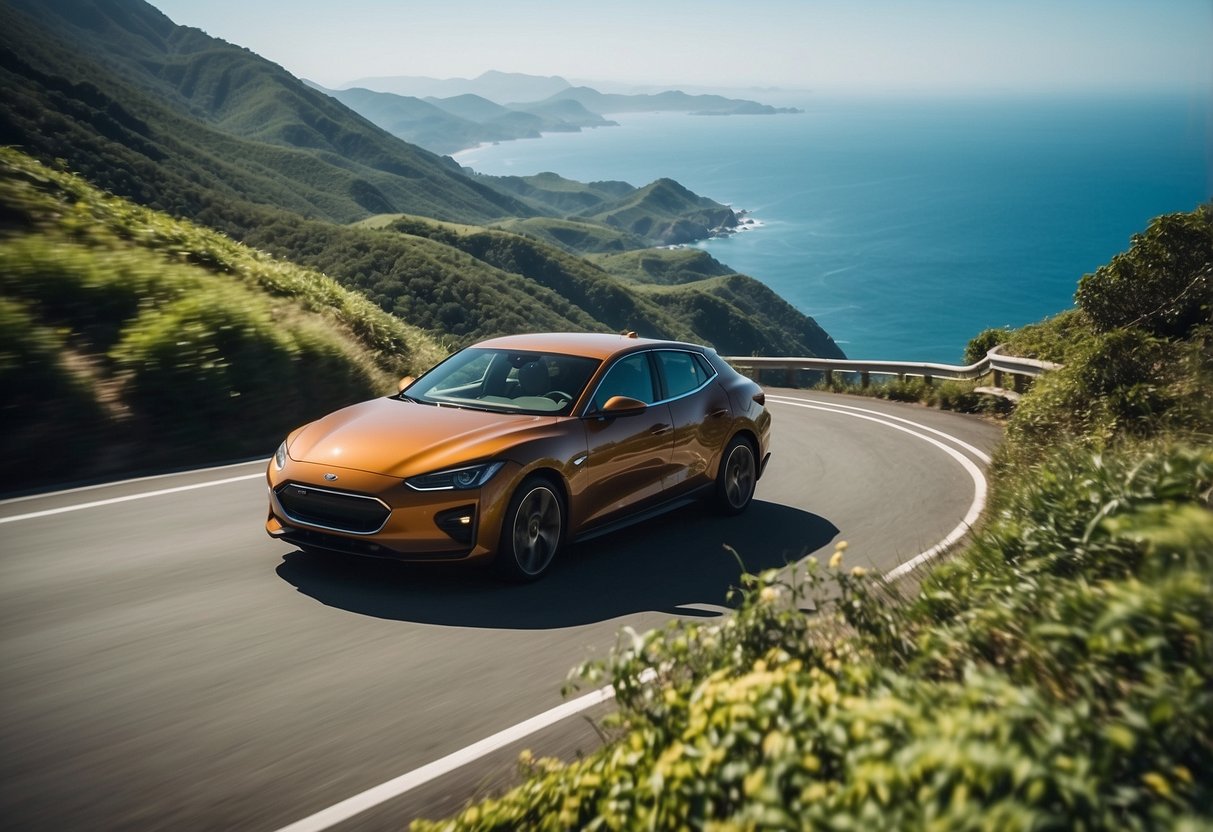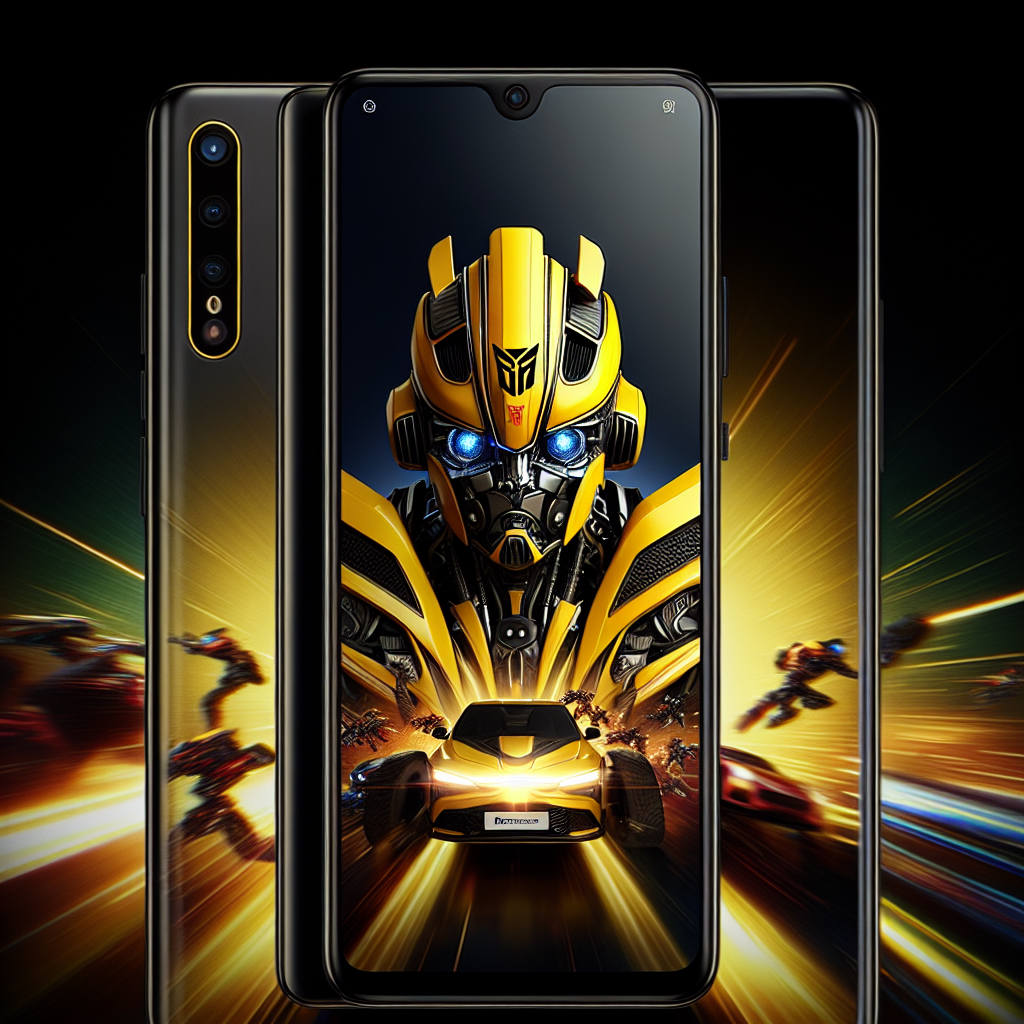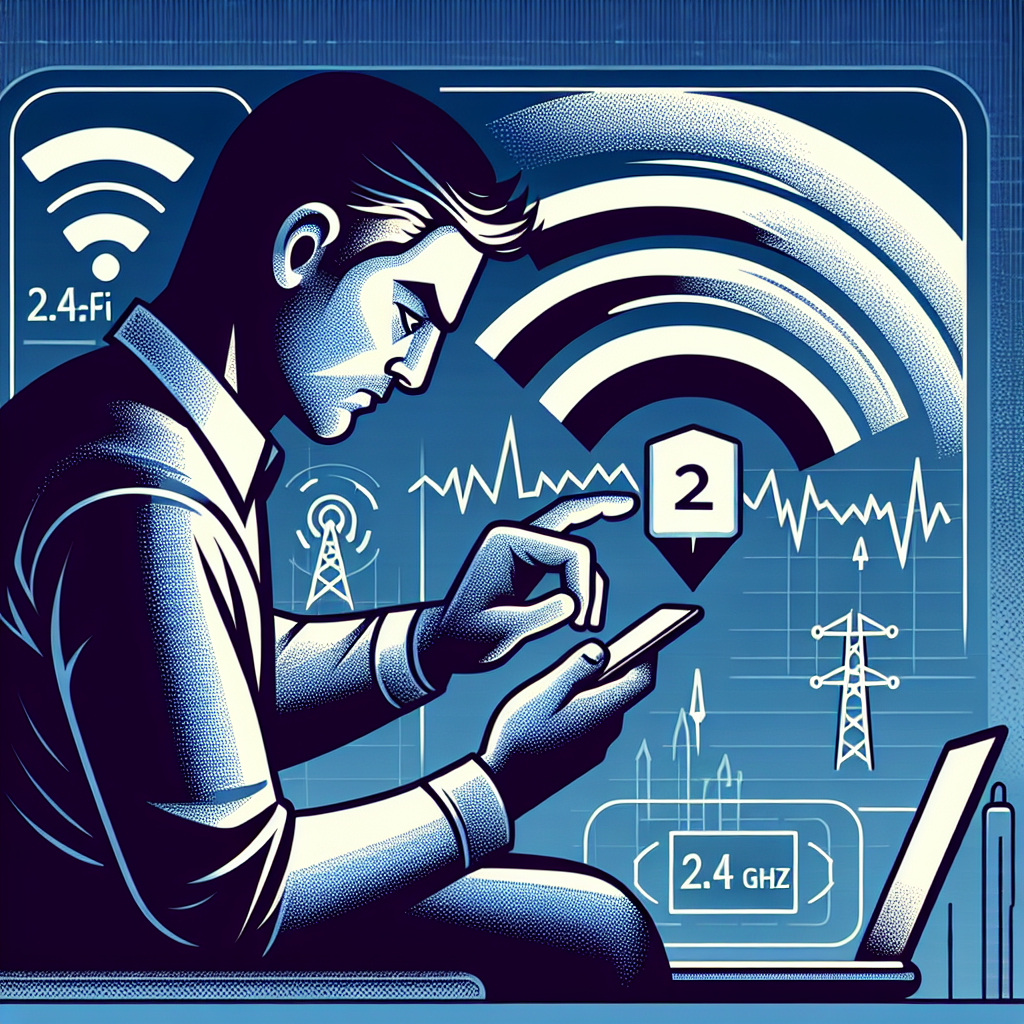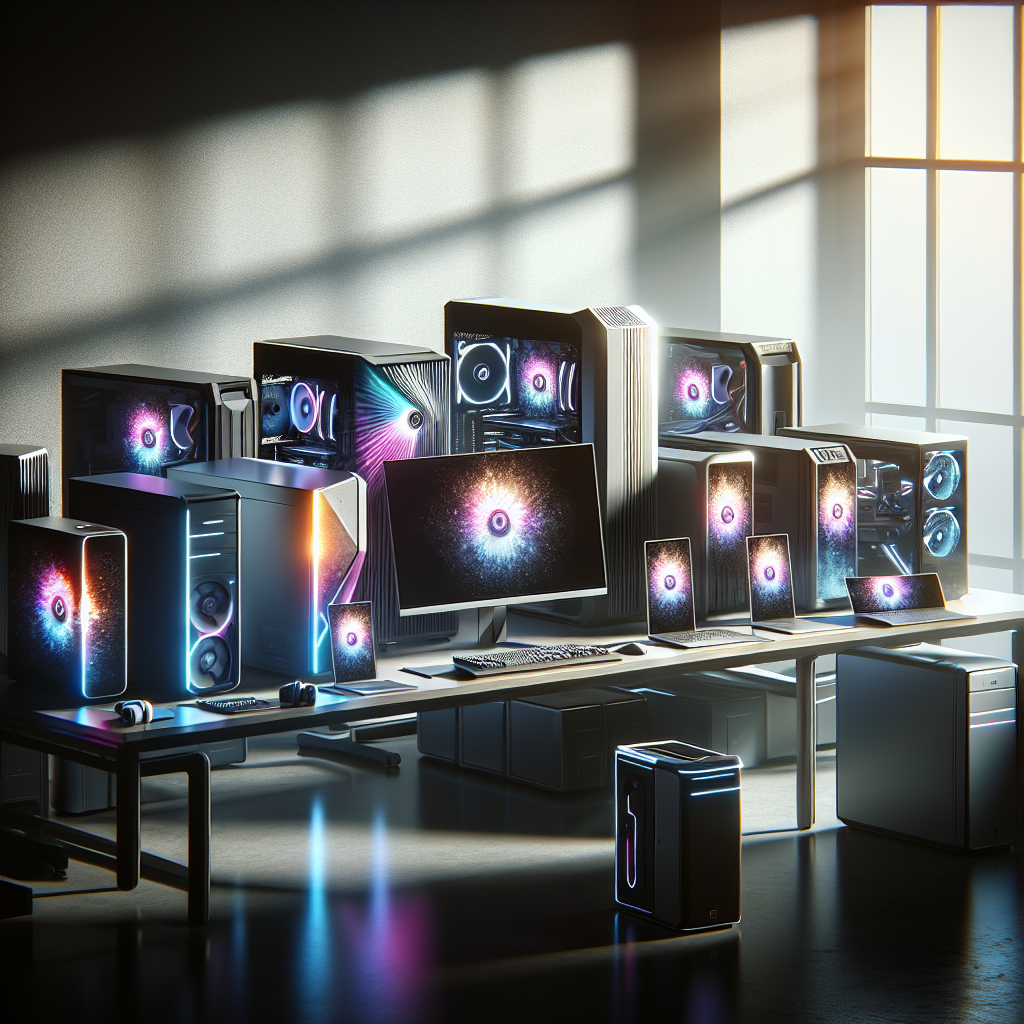J1772 Connector Explained: The Essential Guide for Electric Vehicle Owners
The J1772 connector is a pivotal component in the electric vehicle (EV) charging landscape. Understanding its features, functionalities, and advantages can significantly enhance your EV experience. This comprehensive guide delves into the intricacies of the J1772 connector, answering frequently asked questions and providing an in-depth explanation of its role in EV charging.

J1772 Connector Explained: Everything You Need to Know
The J1772 connector is a type of electric vehicle (EV) connector protocol that has become the standard for Level 2 charging in North America. Developed by the Society of Automotive Engineers (SAE), it ensures compatibility between various EV models and charging stations. In this article, we will examine the J1772 connector in detail, answering common questions and exploring its significance.
What is the J1772 Connector?
The J1772 connector is a five-pin plug used for AC (Alternating Current) Level 2 charging of electric vehicles. It is designed to enable safe and efficient charging and is compatible with almost all electric vehicles sold in North America.
How Does the J1772 Connector Work?
The J1772 connector operates primarily by establishing a connection between the EV and the charging station. It uses a combination of safety mechanisms and communication protocols to ensure that charging occurs smoothly and efficiently.
- Safety Features: The J1772 connector includes safety mechanisms such as a lock pin that ensures the connection is secure during charging and a ground pin for protection against electrical faults.
- Communication Protocol: When the connector is plugged into the EV, it initiates a handshake between the vehicle and the charging station to negotiate charging parameters, including voltage and current levels.
What are the Benefits of the J1772 Connector?
Several advantages make the J1772 connector a popular choice for both manufacturers and consumers:
- Standardization: The J1772 connector has become the industry standard in North America, enabling interoperability between various EVs and charging stations.
- Ease of Use: The design of the connector allows for easy plug-in and unplugging, making the charging process user-friendly.
- Faster Charging: With Level 2 charging capabilities, the J1772 connector provides faster charging compared to Level 1 connections, allowing EV owners to charge their vehicles more quickly and conveniently.
Are There Different Types of J1772 Connectors?
While the J1772 connector itself is standardized, there are differences in how it can be implemented:
- AC Charging: The primary use of the J1772 connector is for Level 2 AC charging, which provides a typical output of 240 volts and up to 80 amps.
- Dual Charging Systems: Some EV manufacturers elect to integrate the J1772 connector alongside other charging options, like DC Fast Charging, to enhance flexibility for users.
How to Identify a J1772 Connector?
If you're new to electric vehicles, you might be wondering how to identify a J1772 connector. Here are the key features:
- Shape: The J1772 connector has a distinctive oval shape with a total of five pins: two for power (hot), a ground pin, and two communication pins.
- Labeling: Charging stations and EVs often have labels indicating compatibility with J1772 connectors.
Compatibility with Electric Vehicles
The J1772 connector is widely adopted across various electric vehicle models. Manufacturers like Nissan, Chevrolet, Ford, and BMW equip their EVs with J1772 connectors for Level 2 AC charging. However, Tesla vehicles utilize a different connector for their proprietary Supercharger network but provide an adapter for J1772 compatibility.
What to Know Before Charging Your EV with J1772?
Before you plug in and charge your electric vehicle with a J1772 connector, consider these essential factors:
- Charger Levels: Ensure the charging station operates at Level 2 for optimal charging speed.
- Charging Station Location: Use mobile apps or tools to locate nearby J1772-compatible charging stations to avoid range anxiety.
- Charging Speed: Understand that charging times can vary based on the EV battery's state of charge and the charge station's power output.
Conclusion
In summary, the J1772 connector serves as a critical piece of infrastructure in the electric vehicle ecosystem. Whether you’re a seasoned EV owner or considering making the switch, understanding the J1772 connector's capabilities, benefits, and functionalities will enhance your charging experience. As the EV market continues to evolve, the J1772 connector remains essential in bridging the gap between different vehicles and charging stations.
New posts

Maximizing Your Savings: A Complete Guide to Rebates for Home EV Chargers
Home Improvement

How Often Do You Have to Charge an Electric Car? A Comprehensive Guide
Sustainability

Challenges in Urban EV Charging Infrastructure: A Deep Dive
Smart Cities

The Role of EV Charging in Urban Planning: A Sustainable Future
Sustainability

How EV Charging Supports Renewable Energy Integration
Electric Vehicles

How Cities Are Adapting to Electric Vehicle Charging: Innovations and Strategies
Sustainability

EV Charging in the Smart City Era: Revolutionizing Urban Mobility
Sustainability

The Future of EV Charging Stations and Smart Grid Integration: Transforming Energy Management
Sustainability

Comparing Wired and Wireless EV Charging Systems: A Comprehensive Analysis
Automotive

The Impact of EV Charging on Local Power Grids: Understanding the Challenges and Opportunities
Electric Vehicles
Popular posts

Exploring the Latest EV Charging Station Design Trends
Technology Trends

Insights from the Frontline: Interviews with EV Charging Industry Experts
Interviews
DIY Guide to Installing a Wallbox: A Step-by-Step Approach
DIY

The Future is Bright: EV Charging and Home Solar Panel Integration Explained
Home Improvement
How EV Charging is Set to Transform Mobility
Electric Vehicles

How Often Do You Have to Charge an Electric Car? A Comprehensive Guide
Sustainability

EV Charging Innovations from Around the World: Transforming the Future of Electric Mobility
Innovation

How to Reset Your EV Charger: A Comprehensive Guide
Home Improvement

Guide to EV Charger Connectivity Options: Everything You Need to Know
Electric Vehicles

EV Charging in the Smart City Era: Revolutionizing Urban Mobility
Sustainability